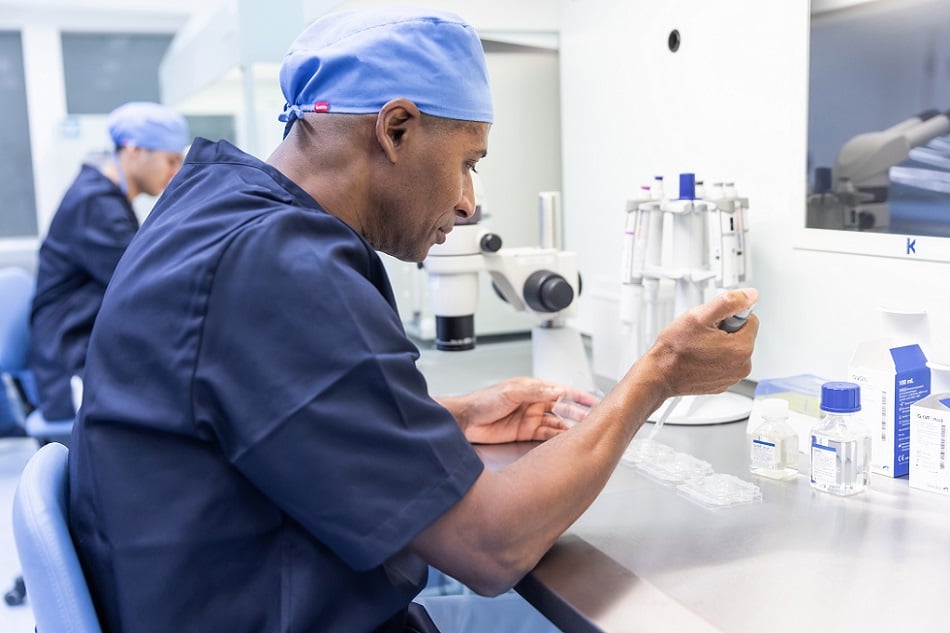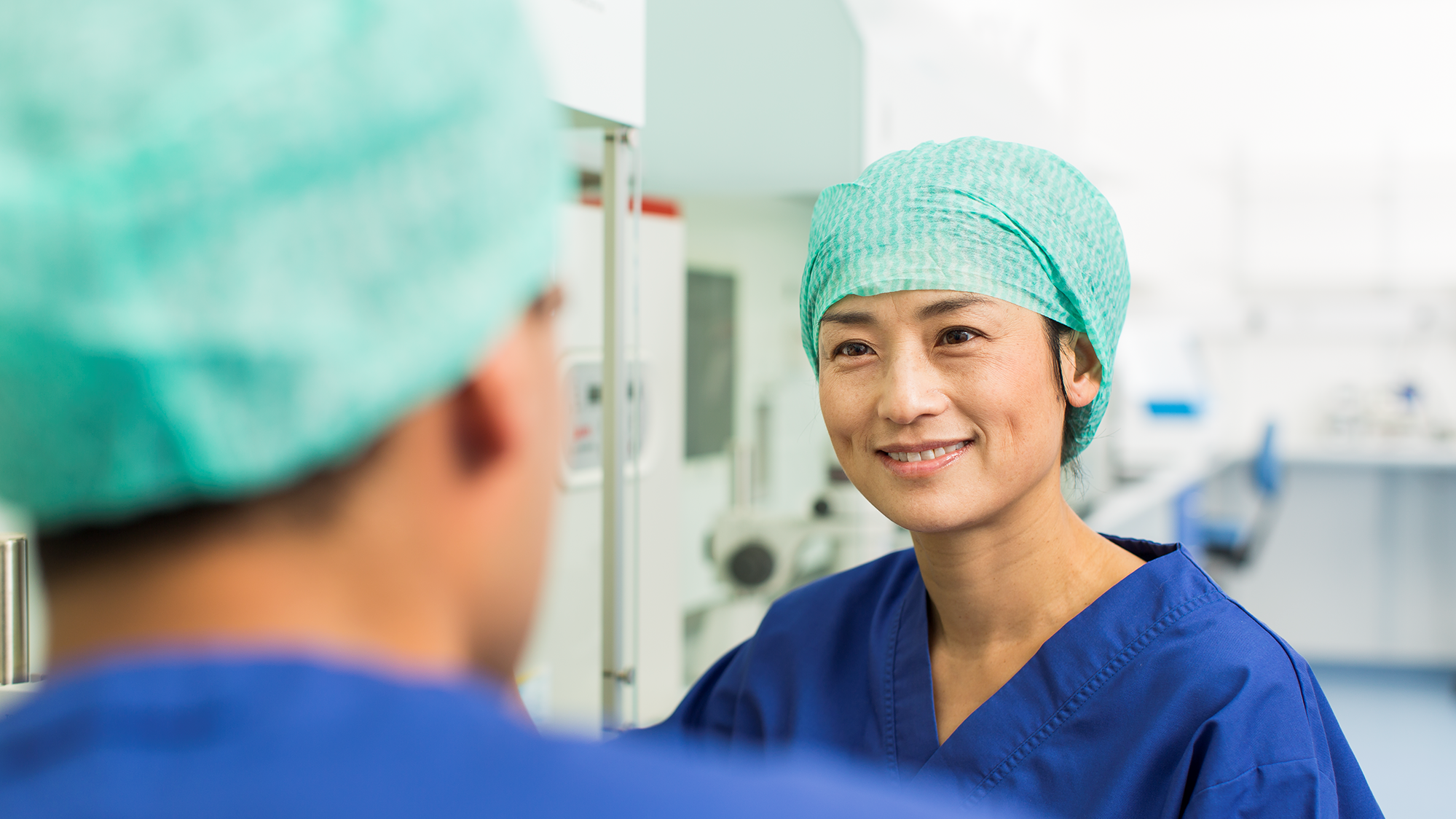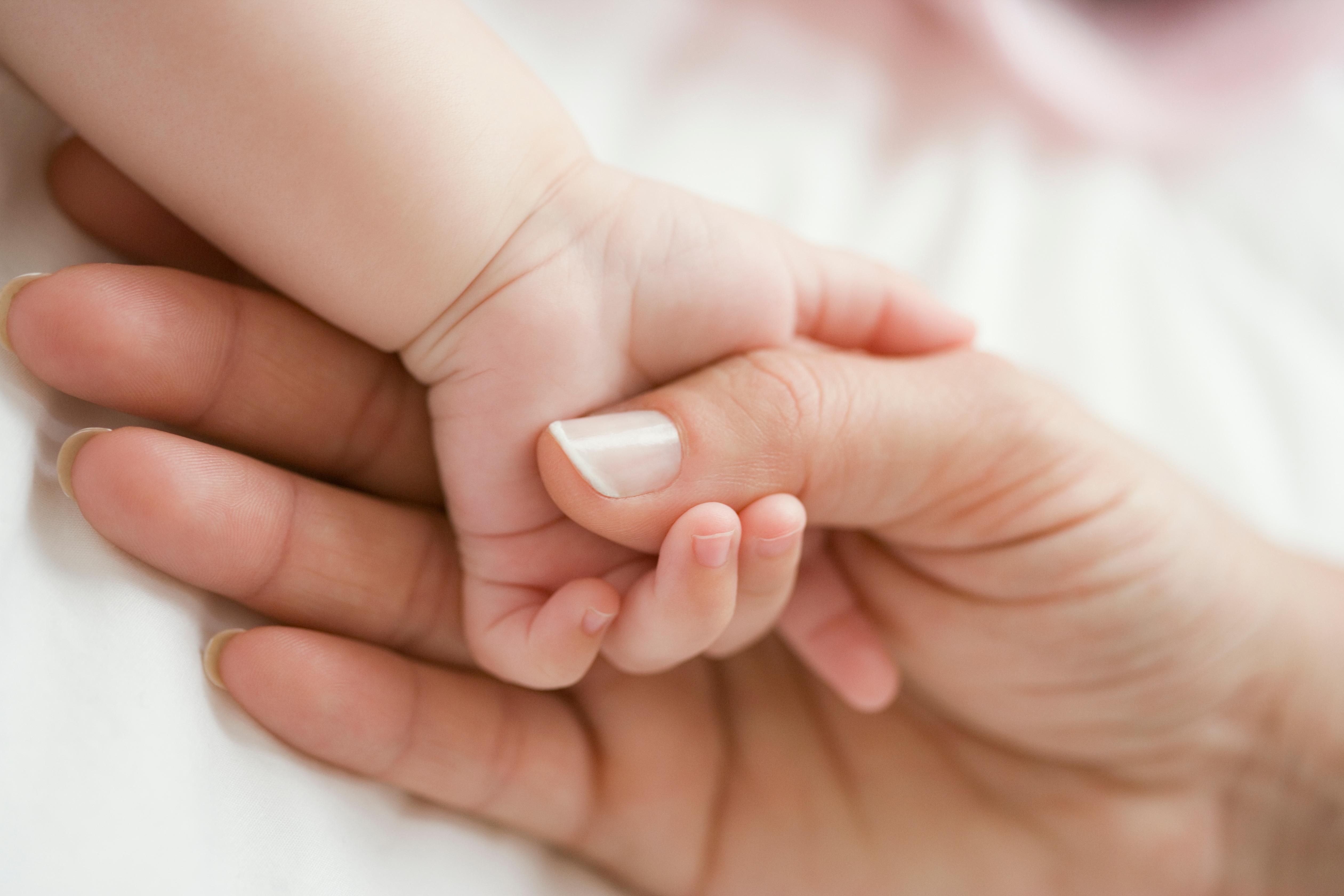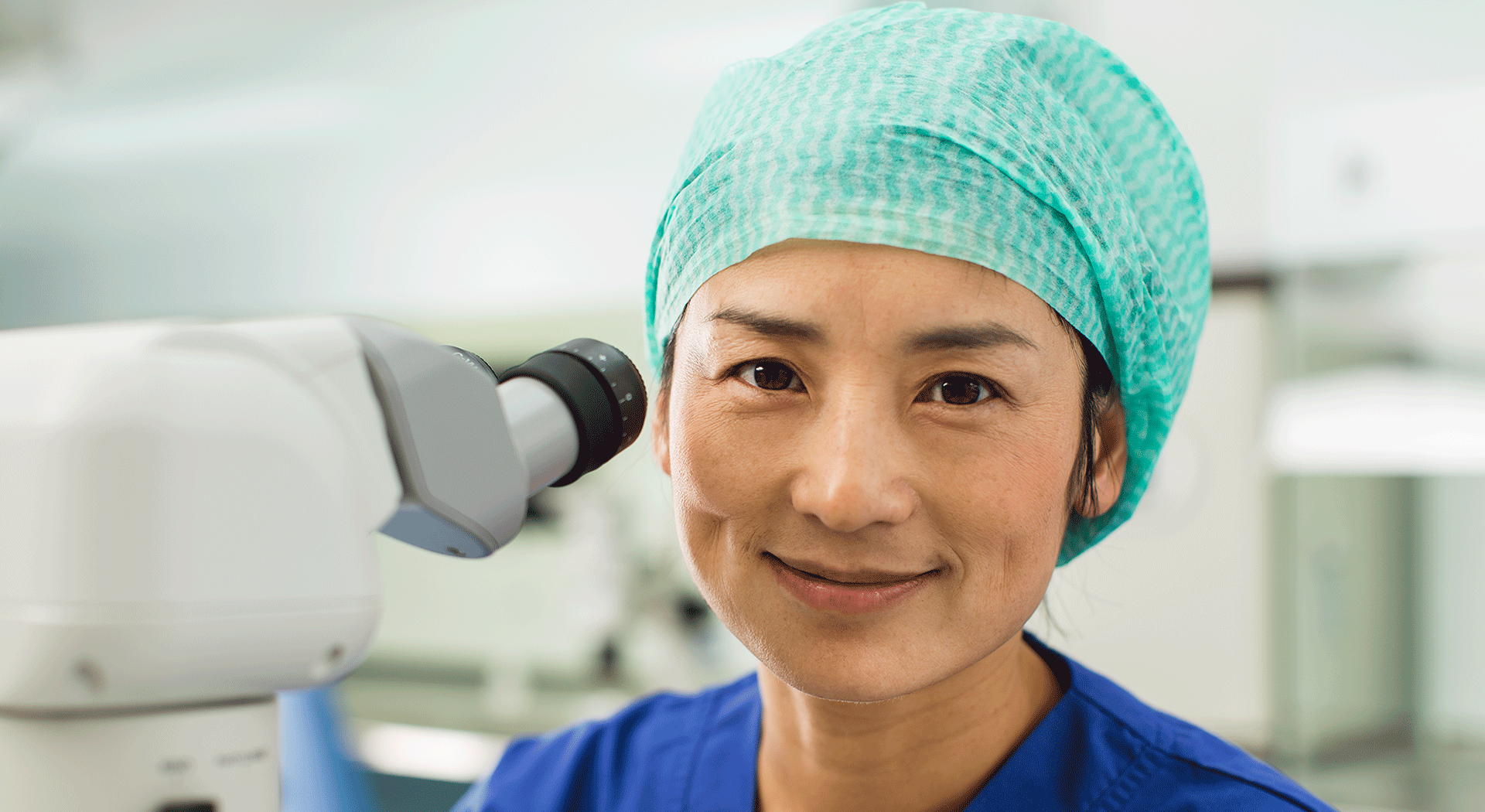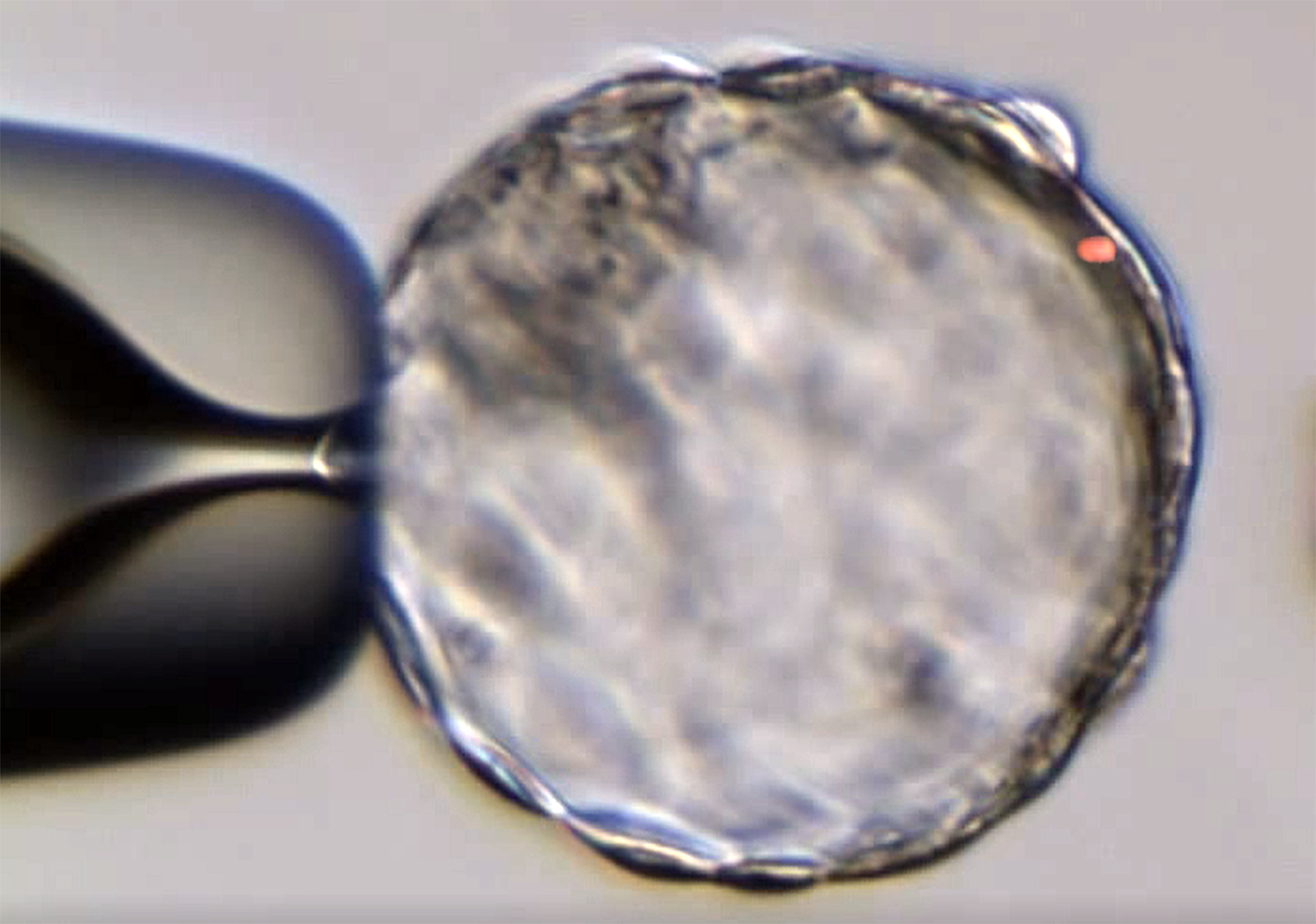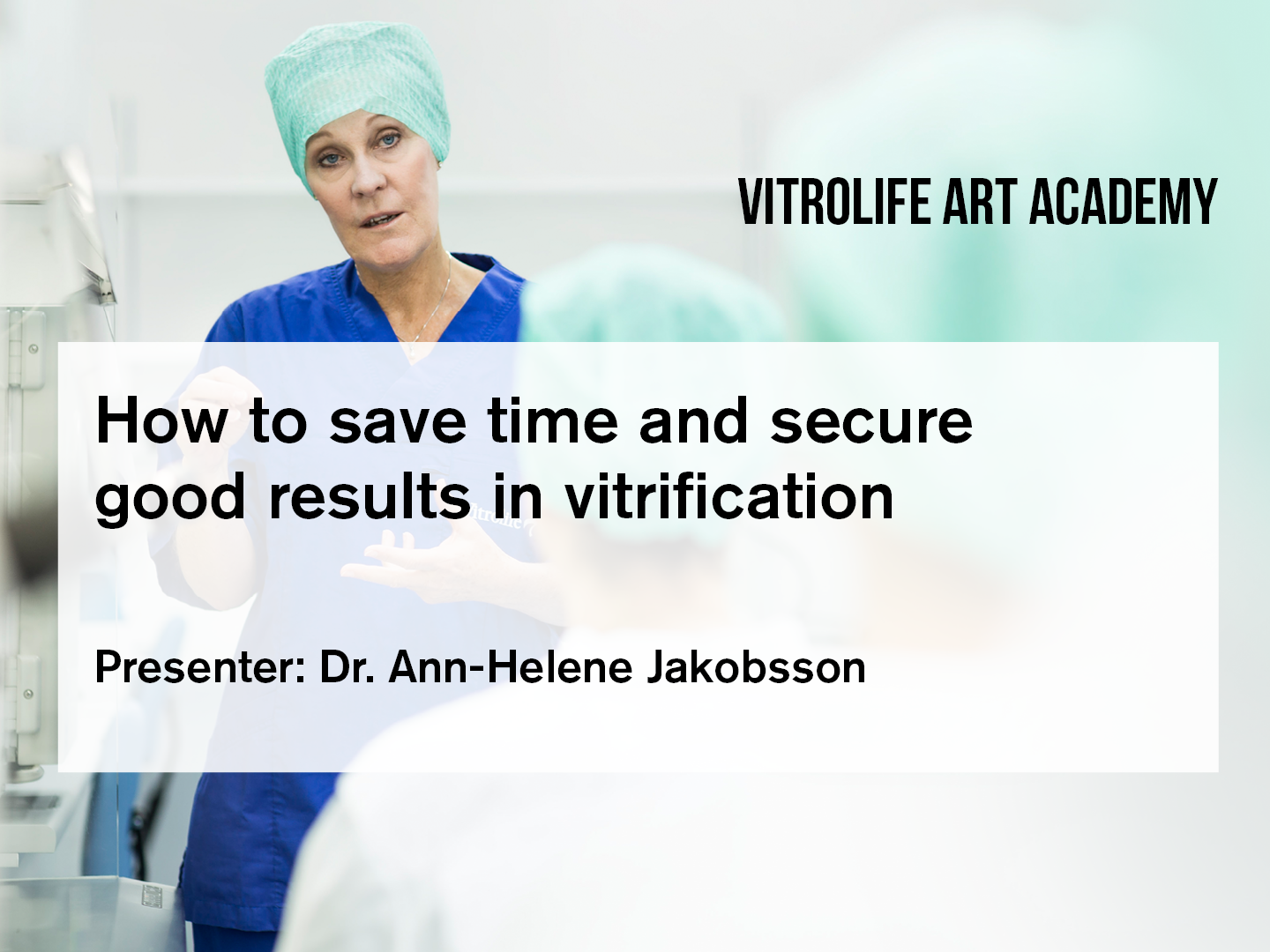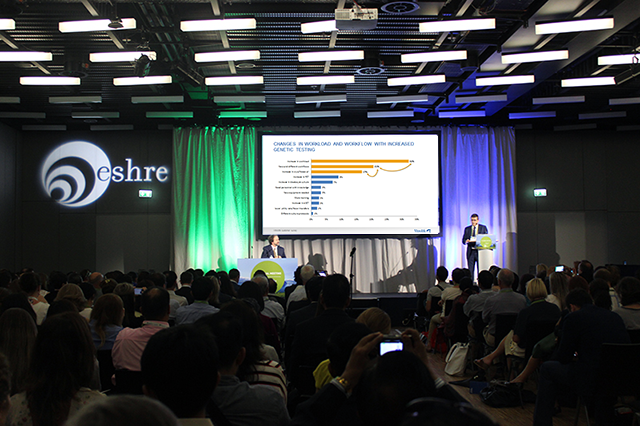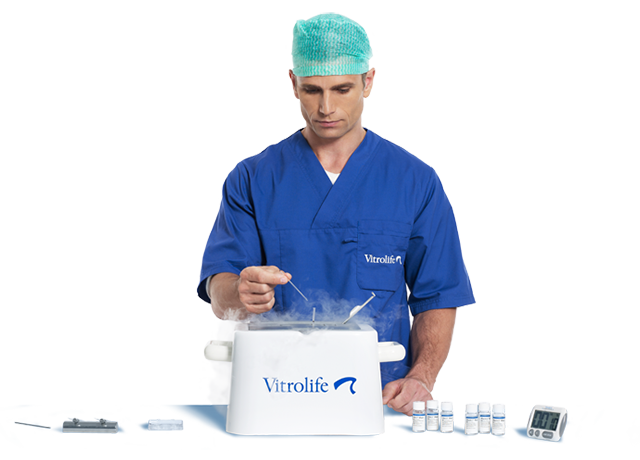The concept of fast freezing or vitrification was first described more than 80 years ago by Basile J. Luyet, the so-called Father of Cryobiology (Luyet, 1937). He showed that supercooled solutions could be solidified without crystallization, forming a glass-like state. Already then, the potential of the technique and the associated challenges were in the research spotlight. Today, we’ve managed to overcome all methodological-related issues of vitrification. It has evolved into a reliable and efficient method to freeze oocytes and embryos. Vitrification is used for medically assisted reproduction and fertility preservation: the goal is to ensure the maximum survival rate with the highest level of biosafety. In this blog post, we will compare closed and open carrier devices for vitrification.
Can a culture oil improve embryo development?
By Dmitry Nikiforov, Dec 16, 2021
The simple answer is, it can’t. In a well-functioning culture system, the oil should only act as a cover, protecting the gametes and embryos from changes in the environment and potential contaminants. But if the oil quality is sub-optimal, it can decrease embryo development. Most oils are produced from petroleum, which means that embryotoxic components may be present due to the production process and origin of the raw materials.
Introduction
Cryopreservation or cryostorage of gametes and embryos involves storage at ultra-low temperatures (under -140°C). The preservation refers to the ability to maintain cellular functionalities and viability after thawing or warming.
Liquid nitrogen is inert, odorless, colourless, non-corrosive, non-flammable, and extremely cold. It has been the substance of choice for cryostorage in most applications as it achieves temperatures of -196°C (-320°F) when materials are fully submerged.
Vitrolife´s integrated approach to sustainability
By Rikard Ledin da Rosa, Oct 15, 2021
Why there is a need for the sustainable development goals
The establishment in 2015 of the Sustainable Development Goals (SDGs) has created a global consensus on the development framework for a better world. However, as we look to the next decade, there is significant cause for concern about the future. The IPCC’s Sixth Assessment report, released in August 2021, confirms that it is indisputable that human influence has warmed the climate system, raising global surface temperature. The report confirms that there is no going back from some changes that are already affecting the climate system. These changes in the climate are widespread, rapid and intensifying and impacts are affecting every region on Earth, including the oceans.
How Vitrolife prepares for the new European Medical Device Regulations
By Hans Lehmann, Sep 22, 2021
Introduction to Medical Device Regulations - MDR
For 30 years medical devices have been governed by the Medical Device Directive (MDD) implemented in EU/EEA in 1993, and there have been quite a few developments in the field of medical devices since then. For instance, apps used as stand-alone products for different medical purposes have become a reality. The general population has become older, patients are more used to finding medical information on the internet, and the beauty industry uses more advanced and invasive techniques than before. These changes, and more, have prompted an update of the control of medical devices for some time. Eventually, the new Medical Device Regulations (MDR) were developed and came into force on May 26, 2021. From this date, all new medical devices and the manufacturer’s quality management system must comply with the MDR. Implementation deadlines for existing devices are dependent on classification and expiry of existing MDD certificates.
Is it necessary to collapse blastocysts before vitrification?
By Dr. Ann-Helene Jakobsson, Mar 29, 2018
In recent years blastocyst vitrification has become a very common embryo cryopreservation method. Our support embryologist Dr. Jakobsson is often asked about the necessity and importance of collapsing blastocysts before vitrification. In this blog post she will go through published studies on the topic and provide you with an answer.
How to save time and secure good results in vitrification [webinar recording]
By Vitrolife, Aug 25, 2017
Vitrification has in recent years become the cryopreservation method of choice, with high survival rates and developmental potential of oocytes and embryos similar to fresh ones. Yet there are challenges to overcome, both for the oocyte and embryo and for the embryologist. In this recorded webinar Dr. Ann-Helene Jakobsson will give you insight into how to succeed with vitrification.
How to improve workflow efficiency and maximise clinical outcomes in your IVF clinic [recorded symposium]
By Vitrolife, Jul 6, 2017
During the Vitrolife Scientific Symposium at ESHRE 2017, we had the pleasure of listening to three international experts in the field of human IVF sharing their experience in laboratory management, morphokinetics and cryobiology. We are confident that information from these presentations will assist you in not only in improving your workflow, but will help you to maximise the success of each cycle of IVF performed.
Vitrification and warming are operator dependent techniques. You need skilled embryologists with attention to detail to obtain high survival rates. Every IVF lab has its own ways of working to achieve optimal success. In this blog post we share tips and tricks we have learned from visiting labs around the world when providing support and troubleshooting on vitrification.
A tribute to Peter Mazur – a pioneer in cryobiology
By Hubert Joris, Jan 8, 2016
Photo: Knoxville News Sentinel

